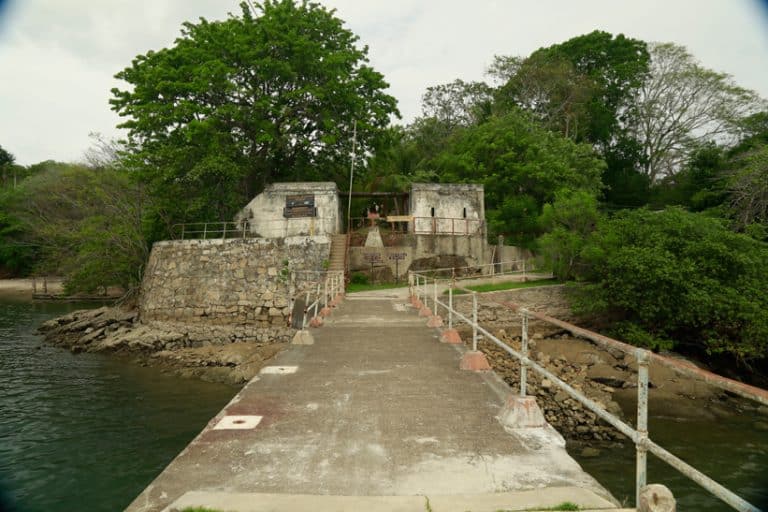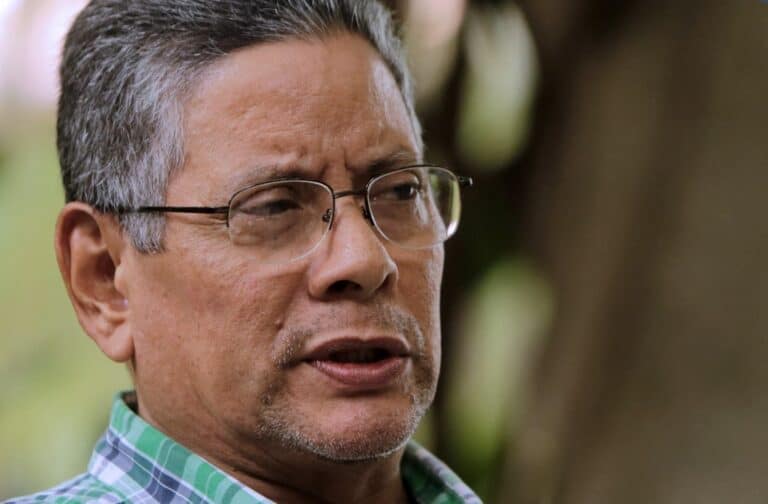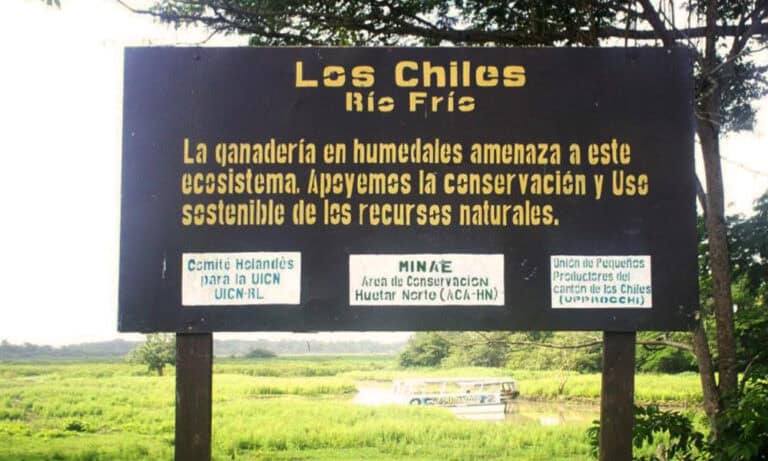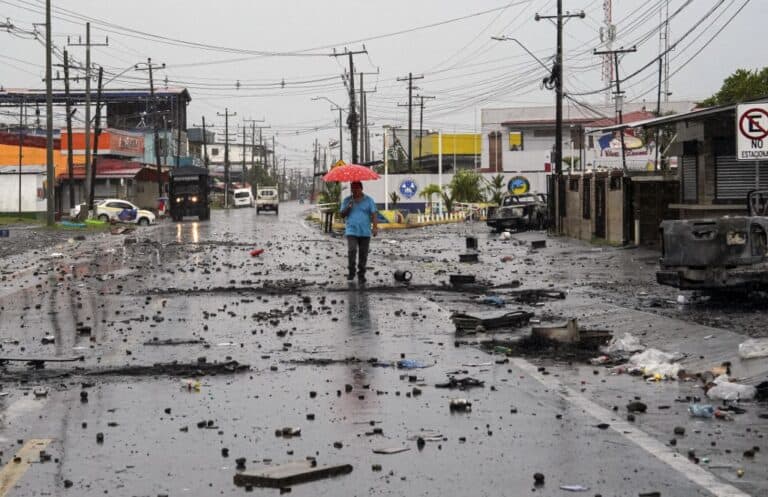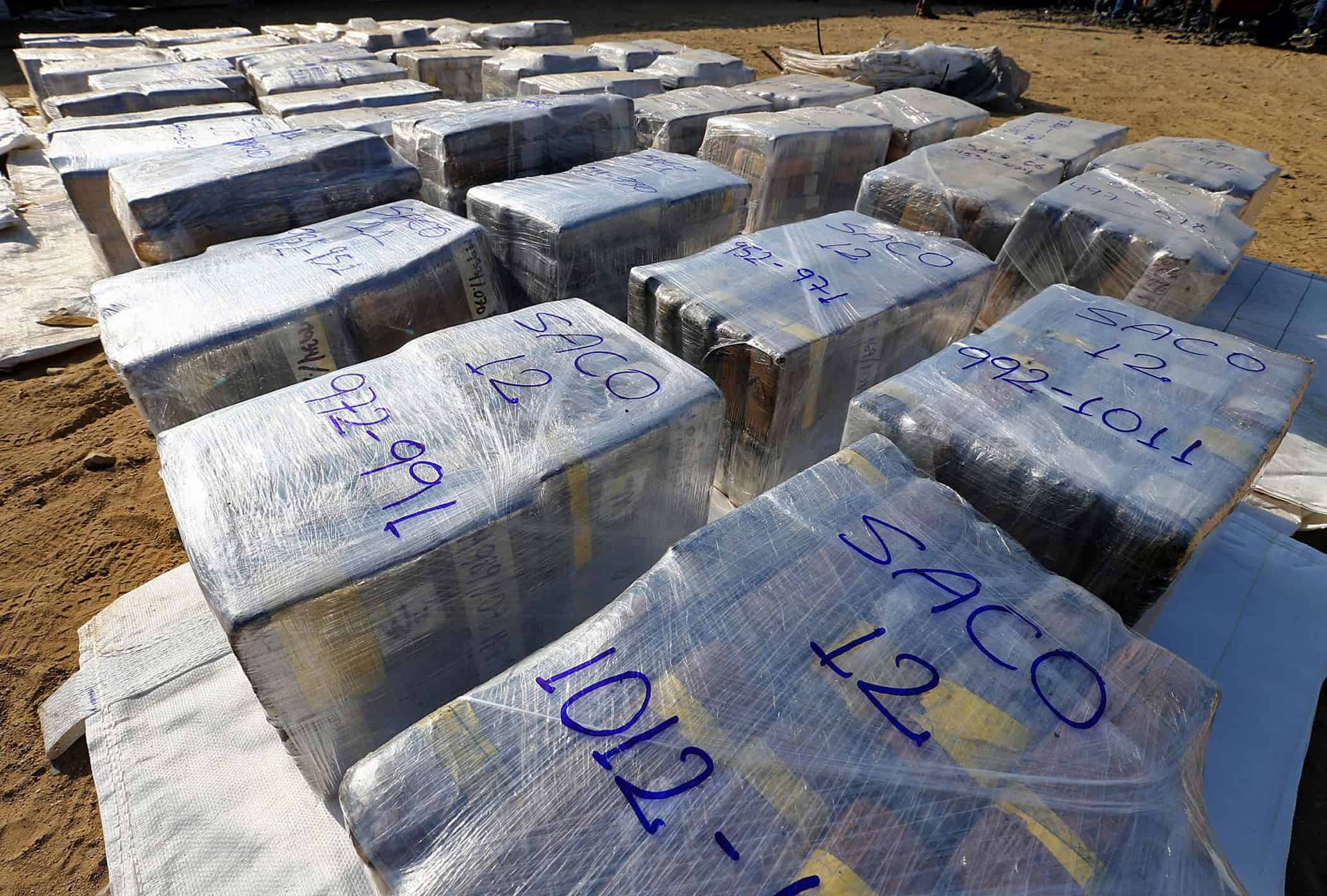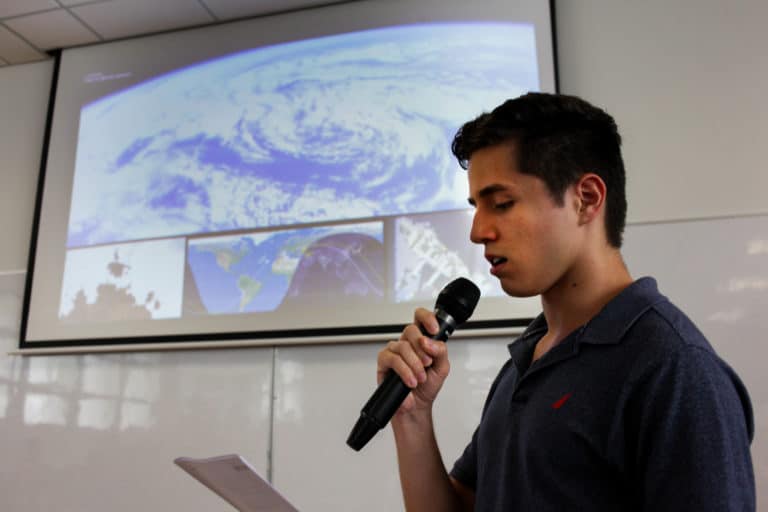Twenty-five volunteers hauled 381 kilos of trash—mostly plastic bottles and tires—off Cocos Beach on Costa Rica’s San Lucas Island. The cleanup, set in the Gulf of Nicoya, shines a light on our country’s growing plastic pollution problem, with debris choking mangroves and coastlines.
San Lucas Island sits just 10 to 15 kilometers from Puntarenas and Chacarita, near the polluted Grande de Tárcoles River, often blamed for funneling plastics into the gulf. The Tárcoles, along with tributaries like the Barranca and Jesús María Rivers, carries waste from urban areas straight to the Pacific.
Environmentalists point to poor waste management in nearby communities as a key driver, with tides dumping trash on the island’s shores. “We were shocked by how much debris the tides brought in,” said Montserrat Courrau, a spokesperson for Ruta 27, which backed the cleanup. “We wanted to clear the waste, handle it right, and create jobs for Guacalillo families.”
In Guacalillo, a nearby community hit hard by pollution, locals took on the task of washing, sorting, and packing the collected materials for recycling. Geronimo Ciuti, director of MareBlu, stressed the importance of immediate processing. “You can’t just collect trash and store it for later—no business will take it for recycling,” he said. He also noted Guacalillo’s economic struggles, saying pollution has stifled tourism compared to spots like Jacó or Playa Hermosa. “These areas aren’t drawing visitors because of the mess,” Ciuti added.
The cleanup is a small win in Costa Rica’s battle against plastic waste. The country churns out 564 tons of plastic daily, but less than 2% gets recycled, with most piling up in landfills or waterways. The Tárcoles River, dubbed Central America’s most polluted, is a major culprit, carrying trash to the Gulf of Nicoya. Despite a National Roadmap for Action on Plastics aiming for 91% pollution reduction by 2040, progress is slow. Municipalities often lack recycling programs, and good intentions—like bans on single-use plastics—falter due to limited resources and follow-through.
Community efforts, like the San Lucas cleanup, show promise, but experts say real change needs government muscle. Stronger policies, better infrastructure, and regional cooperation are critical to stop the flow of plastics. For now, volunteers and locals are stepping up, proving that even 381 kilos less trash makes a difference.

